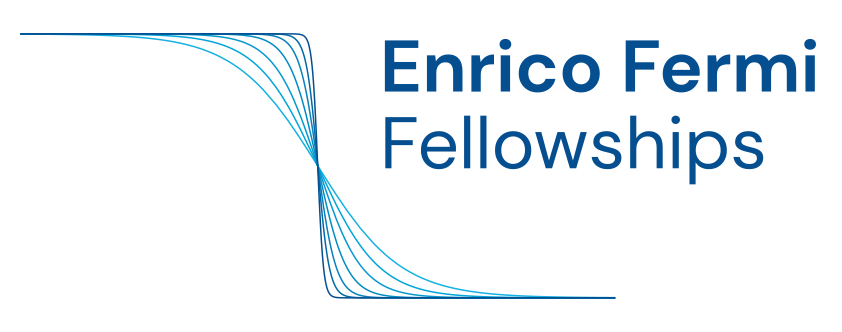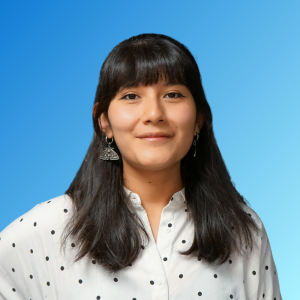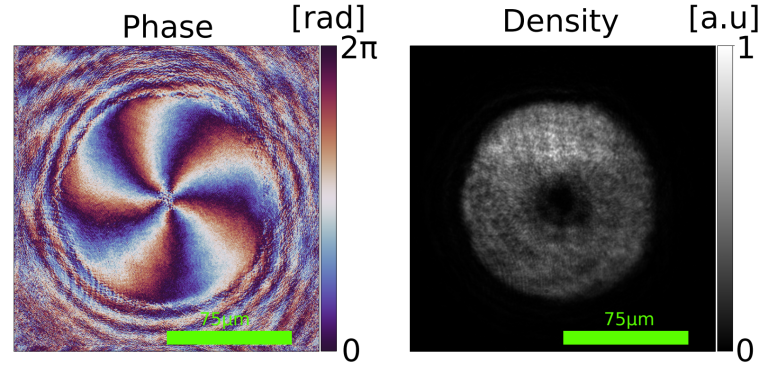Louisiana State University
Supervisors: Ivan Agullo (Louisiana State University) – Maxime Jacquet (École Normale Supérieure – Sorbonne Université)
Short Bio: I am a graduate student at LSU, specializing in black hole theory under the mentorship of Prof. Ivan Agullo. My interest in physics began in a small classroom in southern Peru. Since then, I graduated from Penn State with two degrees, published four papers on gravitational physics, and taken on leadership roles within various physics communities. Currently, my research focuses on Hawking-like phenomena in both black holes and condensed matter systems. Recently, I was honored to receive the Enrico Fermi Fellowship, which will allow me to approach my work from an experimental perspective.



